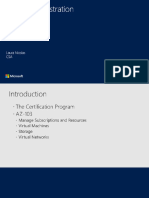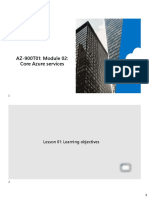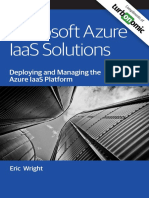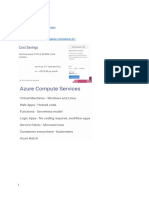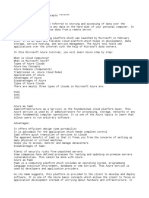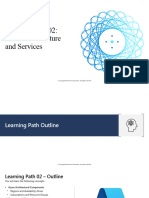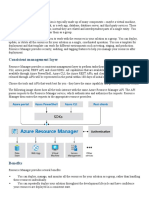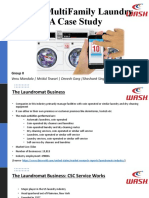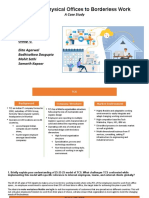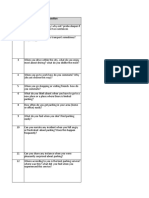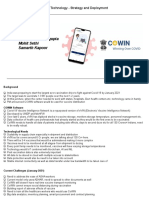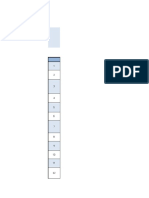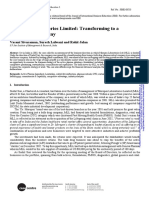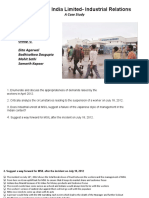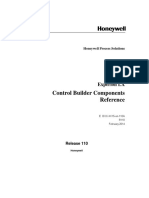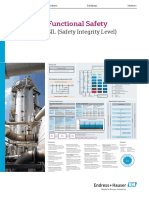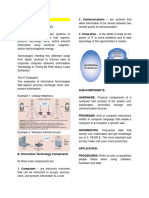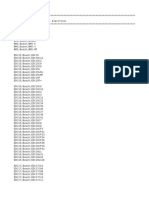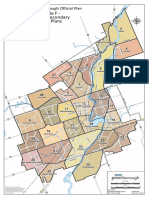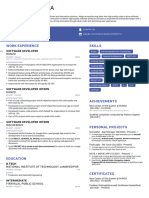0% found this document useful (0 votes)
144 views21 pagesEshant Garg: Azure Data Engineer, Architect, Advisor
This document provides an overview of learning objectives for understanding and working with Microsoft Azure. The objectives include creating an Azure subscription, learning to navigate the Azure portal, understanding Azure service categories, creating and managing resources through resource groups, applying tags for billing and organization, setting role-based access controls, and provisioning a new SQL database on Azure. The document also briefly discusses the Azure free subscription limits and considerations for managed vs unmanaged data services.
Uploaded by
ekta agarwalCopyright
© © All Rights Reserved
We take content rights seriously. If you suspect this is your content, claim it here.
Available Formats
Download as PDF, TXT or read online on Scribd
0% found this document useful (0 votes)
144 views21 pagesEshant Garg: Azure Data Engineer, Architect, Advisor
This document provides an overview of learning objectives for understanding and working with Microsoft Azure. The objectives include creating an Azure subscription, learning to navigate the Azure portal, understanding Azure service categories, creating and managing resources through resource groups, applying tags for billing and organization, setting role-based access controls, and provisioning a new SQL database on Azure. The document also briefly discusses the Azure free subscription limits and considerations for managed vs unmanaged data services.
Uploaded by
ekta agarwalCopyright
© © All Rights Reserved
We take content rights seriously. If you suspect this is your content, claim it here.
Available Formats
Download as PDF, TXT or read online on Scribd
/ 21













